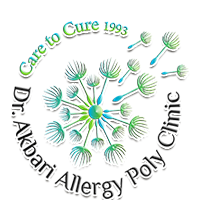Antibiotic Corteni and… Basic fat materials: mineral fat like paraffin, mineral fat is generally a better blocker than other types that provide more protection and are washed much later with water. Animal fat like lanolin and esrin, which have water absorption So they also contain water.
The presence of this water in the fat makes it less sticky and more beautiful and more pleasant and easier to use. Vegetable fat such as olive oil, almond, sunflower oil.
